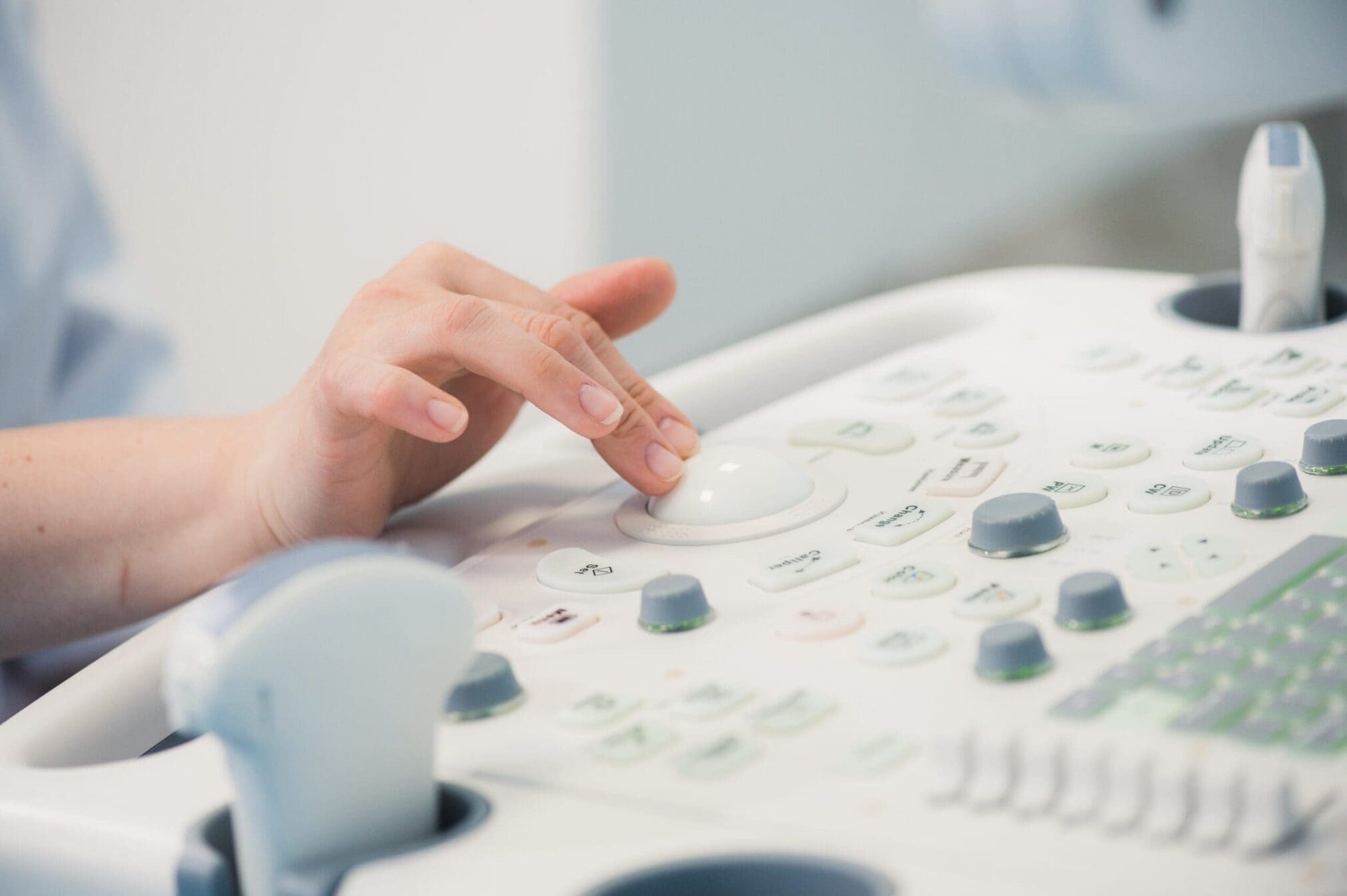The paradigm of trademarks and the free movement of goods in the EU
As the application and functioning of Regulation (EU) 2017/1001 on the European Union trademark is still puzzling and needs time to settle down, and Directive (EU) 2015/2436 relating to trade marks misses relevant and rich case-law concerning parallel trade, the Medical Devices Regulation clarifies it in Article 16 and refers to case-law under the old Council Directive 89/104 / EEC of 21 December 1988, when regulating parallel trade of medical devices within the EU.
The free movement of goods as the basis of parallel imports
The European legal framework of trademarks has been, since the beginning, governed and shaped by the principle of exhaustion. This implies that a trademark rightsholder exhausts its rights thereof once the relevant goods have been placed on the market under such trademark, unless there exist legitimate reasons for the rightsholder to oppose further commercialization. Typically, when the condition of the goods is changed or impaired after they have been newly put on the market.
The above constitutes both an expression of the free movement of goods principle set forth in Art. 28 TFEU, and the basis of parallel imports within the EU. Yet, at the same time, such a provision limits the trademark rights exhaustion rule and, consequently, restricts parallel imports.
Parallel imports under the MDR, when, who and how:
Judgment of 28 July 2011 in Orifarm and Paranova, joined cases C-400/09 and C-207/10
The MDR Article 16 and Recital 37 of the Preamble set out the mode parallel trade in medical devices will be encompassed from 26th May 2020:
Parallel trade in products already placed on the market is a lawful form of trade within the internal market on the basis of Article 34 TFEU subject to the limitations arising from the need for protection of health and safety and from the need for protection of intellectual property rights provided for under Article 36 TFEU. Application of the principle of parallel trade is, however, subject to different interpretations in the Member States. The conditions, in particular the requirements for relabeling and repackaging, should therefore be specified in this Regulation, taking into account the case-law of the Court of Justice in other relevant sectorsand existing good practice in the field of medical devices.
Judgment of the Court of Justice in the case of Orifarm A/S and Others v Merck Sharp & Dohme Corp., formerly Merck & Co. Inc., and Others has set forth the conditions for a successful parallel trade in pharmaceuticals. In accordance with the recital 37 of the MDR, these conditions shall remain applicable to medical devices after 26th May 2020.
More specifically, the Court held that the brand owner cannot legitimately oppose the subsequent commercialization of a product designated with its trademark/brand, which has been repackaged by an importer who has put the said mark back on that product if:
a) It is proven that such opposition would contribute to artificially partitioning the markets between Member States, in particular because the repackaging is necessary to market the product in the importing Member State
b) It is demonstrated that the repackaging cannot affect the original condition of the product inside the packaging
c) The new packaging clearly indicates the repackager of the product and the name of the manufacturer of a product;
- In fact, such an indication, provided it is printed so that it can be understood by a person with a normal degree of attention, allows the consumer or the end user to avoid to mistakenly believe that the product was repackaged by the brand owner;
- Also, given that the aforementioned company assumes full responsibility for the operations linked to the repackaging, the brand owner can assert their rights, and, where appropriate, obtain compensation for damages in the event that the original state of the product contained in the packaging has been affected by the repackaging or that the presentation of the repackaged product is such that it may damage the reputation of the brand.
d) The presentation of the repackaged product is not such that it may damage the reputation of the trademark and its owner’s – which, in particular, implies that the packaging should not be defective, of poor quality or untidy, and;
e) If the importer warns the brand owner before marketing the repackaged product, and provides a copy of the repackaged product if requested.
May the protection of customers lead to a restriction of parallel trade?
Not in so far as the previous requirements are met. The exception to the principle of trademark exhaustion right is limited to the protection of the trademark owner’s legitimate interests. Specific protection of consumers’ legitimate interests is guaranteed by other instruments of law.
17/02/2020
Carlos Francisco Marín Barrios
Regulatory Affairs & Quality Assurance
Interested in registering your trademark? Contact our experts for further information!


